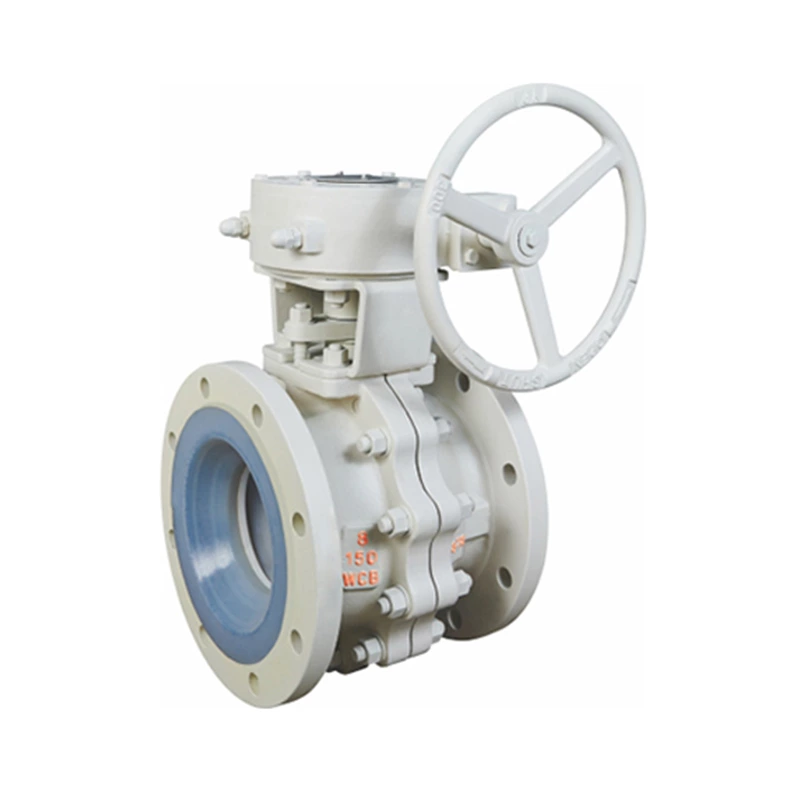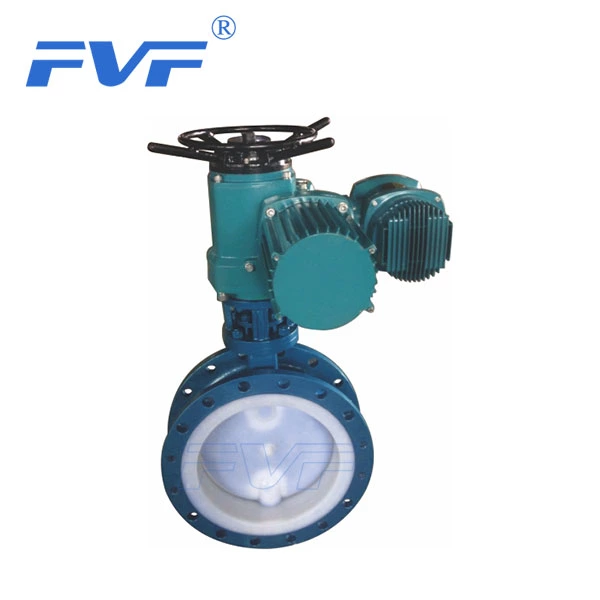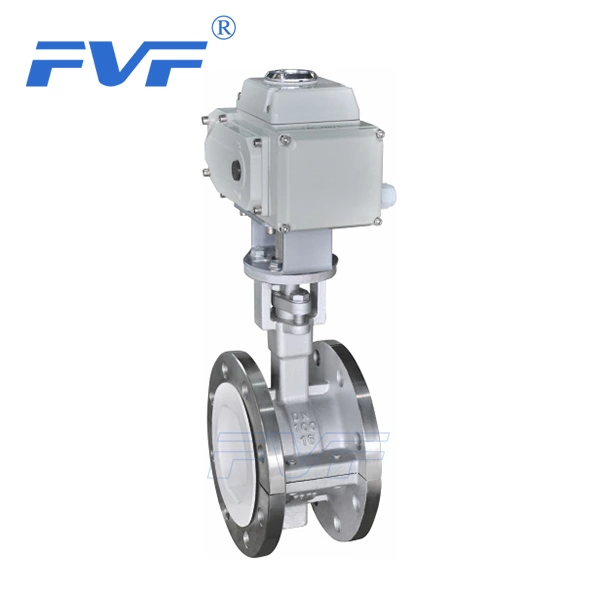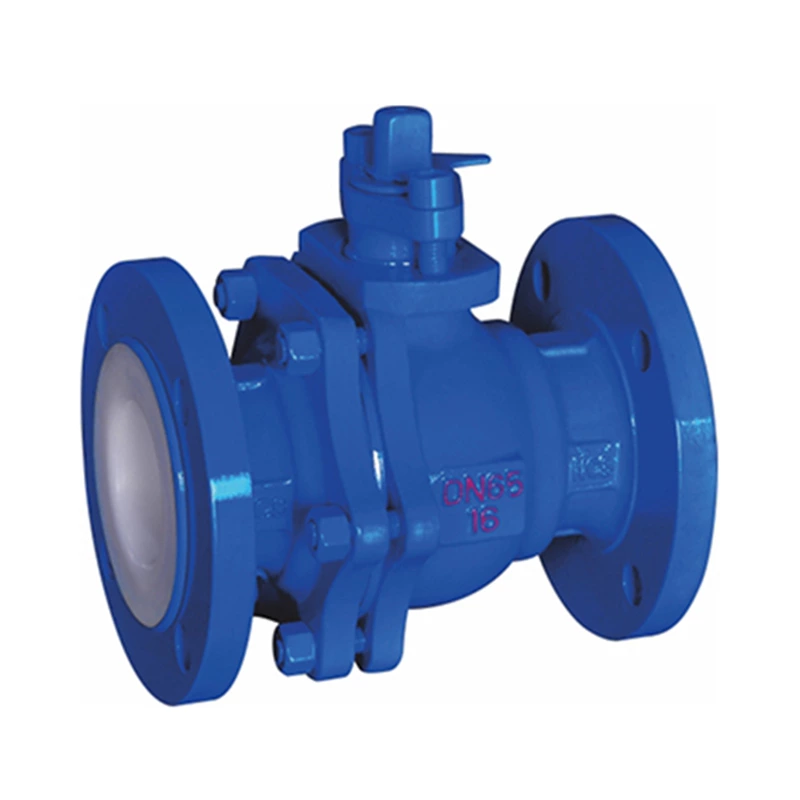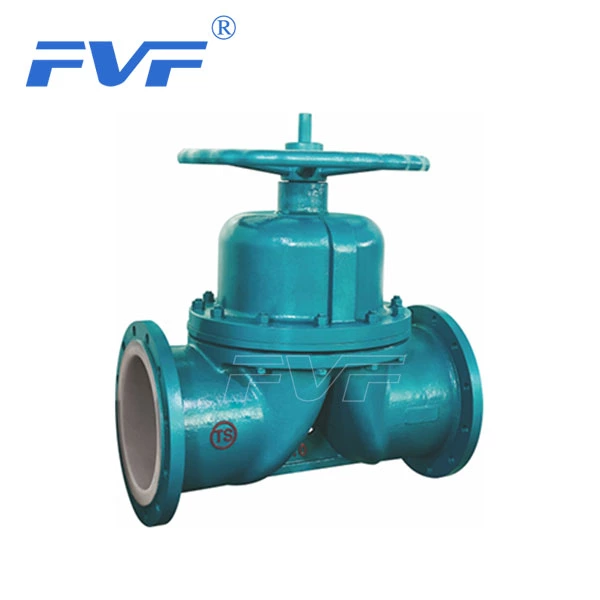Detailed Classification Comparison Table Of Valves
1. Lined Valve Classification by function and purpose
(1) Shut-off valve: Shut-off valve is also called closed-circuit valve. Its function is to connect or shut off the medium in the pipeline. Shut-off valves include gate valves, stop valves, plug valves, ball valves, butterfly valves and diaphragm valves.
(2) Check valve: Check valve is also called one-way valve or non-return valve. Its function is to prevent the medium in the pipeline from flowing back. The bottom valve of the water pump suction valve also belongs to the check valve category.
(3) Safety valve: The function of safety valve is to prevent the medium pressure in the pipeline or device from exceeding the specified value, so as to achieve the purpose of safety protection.
(4) Regulating valve: Regulating valve includes regulating valve, throttling valve and pressure reducing valve. Its function is to adjust the pressure, flow and other parameters of the medium.
(5) Diverter valve: Diverter valve includes various distribution valves and steam traps. Its function is to distribute, separate or mix the medium in the pipeline.
(6) Exhaust valve: Exhaust valve is an indispensable auxiliary component in the pipeline system and is widely used in boilers, air conditioners, oil and gas, and water supply and drainage pipelines.
It is often installed at commanding heights or elbows to remove excess gas in the pipeline, improve pipeline efficiency and reduce energy consumption.
2. Classification by nominal pressure
(1) Vacuum valve: refers to a valve with a working pressure lower than the standard atmospheric pressure.
(2) Low-pressure valve: refers to a valve with a nominal pressure PN ≤1.6Mpa.
(3) Medium-pressure valve: refers to a valve with a nominal pressure PN of 2.5, 4.0, and 6.4Mpa.
(4) High-pressure valve: refers to a valve with a nominal pressure PN of 10 to 80Mpa.
(5) Ultra-high-pressure valve: refers to a valve with a nominal pressure PN ≥100Mpa.
3. Classification by working temperature
(1) Ultra-low temperature valve: a valve used for a medium working temperature t<-100℃.
(2) Low temperature valve: valve for medium working temperature -100℃≤t≤-29℃.
(3) Normal temperature valve: valve for medium working temperature -29℃<t<120℃.
(4) Medium temperature valve: valve for medium working temperature 120℃≤t≤425℃.
(5) High temperature valve: valve for medium working temperature t>450℃.
4. Classification by driving mode
(1) Automatic valve refers to a valve that does not require external force to drive, but relies on the energy of the medium itself to make the valve move. Such as safety valve, pressure reducing valve, steam trap, check valve, automatic regulating valve, etc.
(2) Power-driven valve: power-driven valve can be driven by various power sources.
Electric valve: valve driven by electricity.
Pneumatic valve: valve driven by compressed air.
Hydraulic valve: valve driven by the pressure of liquid such as oil.
In addition, there are combinations of the above driving methods, such as pneumatic-electric valve.
(3) Manual valve: Manual valve uses handwheel, handle, lever, sprocket to operate the valve by manpower. When the valve opening and closing torque is large, this wheel or worm gear reducer can be installed between the handwheel and the valve stem. If necessary, universal joints and drive shafts can also be used for remote operation.
5. Classification by nominal diameter
(1) Small diameter valve: valve with a nominal diameter DN ≤ 40mm.
(2) Medium diameter valve: valve with a nominal diameter DN of 50 to 300mm.
(3) Large diameter valve: valve with a nominal valve DN of 350 to 1200mm.
(4) Extra large diameter valve: valve with a nominal diameter DN ≥ 1400mm. 6. Classification by structural features
(1) Gate valve: the closing part moves along the center of the valve seat;
(2) Plug valve: the closing part is a plunger or a ball, which rotates around its own center line;
(3) Gate valve: the closing part moves along the center of the vertical valve seat;
(4) Swing valve: the closing part rotates around the axis outside the valve seat;
(5) Butterfly valve: the disc of the closing part rotates around the axis inside the valve seat;
(6) Sliding valve: the closing part slides in the direction perpendicular to the channel.
7. Classification by connection method
(1) Threaded valve: the valve body has internal or external threads and is connected to the pipeline thread.
(2) Flange valve: the valve body has a flange and is connected to the pipeline flange.
(3) Welded valve: the valve body has a welding groove and is connected to the pipeline by welding.
(4) Clamp valve: the valve body has a clamp and is connected to the pipeline clamp.
(5) Sleeve valve: the valve body is connected to the pipeline by a sleeve.
(6) Wafer connection valve: a connection form that uses bolts to directly clamp the valve and the two ends of the pipe together.
8. Classification by valve body material
(1) Metal material valve: its valve body and other parts are made of metal materials. Such as cast iron valves, carbon steel valves, alloy steel valves, copper alloy valves, aluminum alloy valves, lead alloy valves, titanium alloy valves, monel alloy valves, etc.
(2) Non-metallic material valve: its valve body and other parts are made of non-metallic materials. Such as plastic valves, ceramic valves, enamel valves, fiberglass valves, etc.
(3) Metal body lined valve: the valve body is metal in appearance, and all the main surfaces in contact with the medium are lined, such as rubber lined valves, plastic lined valves, ceramic lined valves, etc.
(Provided by airlover.com HVAC experts)
9. Classification by switching direction
(1) Angle travel includes ball valves, butterfly valves, plug valves, etc.
(2) Straight travel includes gate valves, stop valves, angle seat valves, etc.
